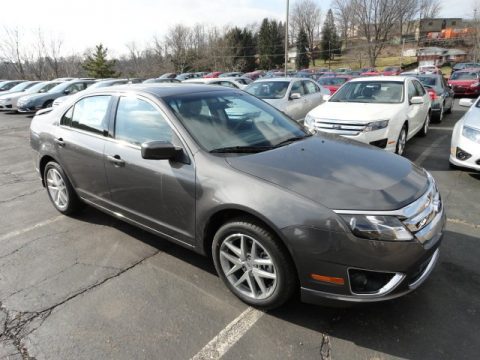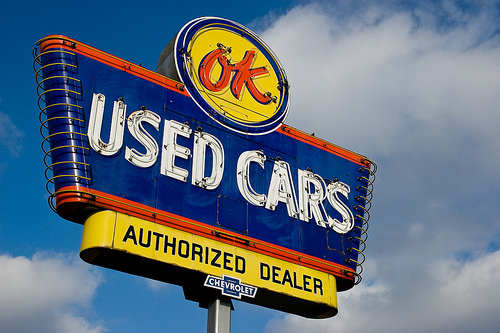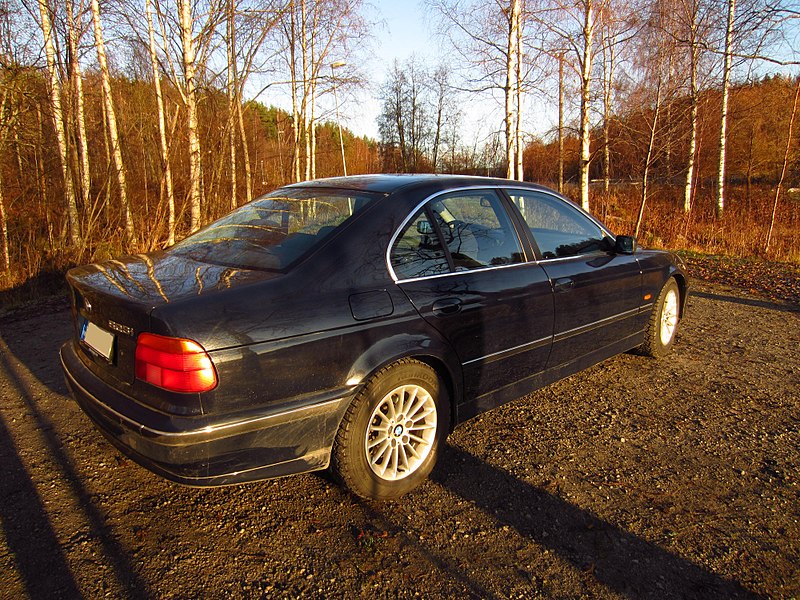 |
| William H. Macy played a sleazy car dealer in "Fargo" |
The single biggest
challenge of negotiating a car is information.
Without it, you won't know what a fair price is--either for the car
you're buying, or the one you're trading in.
It seems
complicated, but buying a car comes down to four things:
- The price of the car you're buying
- The value of your trade in
- The finance terms you can get
- Your payment terms
Years ago, when my
grandfather bought cars, he didn't have access to the internet or other sources
of information about car prices. Instead
just he'd go in and haggle with the salesperson. This could take all day or several days as he
started with an unreasonable offer, picked apart the car he was looking at, and
generally annoyed anyone who wanted his business. It would go on and on until the salesperson
or the sales manager practically threw him out of the dealership. That's when he knew he was close to the
dealer's best price.
Today there are
books and internet sites like Kelly Blue Book, NADA, and Edmund's that provide pricing information
for cars. You can get information on the
new car's invoice price, and what the dealer actually paid for the car, as well
as any incentives or rebates. You can
also get wholesale and retail values for used cars as well as the car you're
trading in. And there are even
calculators to create a custom appraisal for your trade in or the car you're
looking at, based on mileage, condition and options.
Financing is another
key piece of information. Even if you
finance with the dealership, which typically works with a number of lenders,
you need to know your credit score and what terms you an qualify for. The difference between a 3% or 6% interest
rate can add $20 or more to your payment.
Smartphones are a
great equalizer when you get to the dealership because this information is
readily available at your fingertips.
Having this information was invaluable for me recently, when I went to a
Ford dealer in Raytown several weeks ago.
I made the trip
planning to buy a 2012 Ford Fusion, a gray SEL V6 with leather. When I got there, the car was in the service
department and we had to walk through the new car showroom to get to it. Sitting on the showroom floor was a brand
new 2013 Fusion, SE Sport Package with the Ecoboost engine, in white platinum
metallic paint.
My one criticism of
the 2012 was its Plain Jane looks. Then
again nothing in the midsize segment is eye candy, with the exception of the
Kia Optima. But the 2013 model is stunning. Ford cribbed off Aston Martin and Jaguar and
threw in a bit of Audi S7 for good measure.
The result is one of the best looking sedans in recent memory. The car in the showroom was exactly everything I wanted but didn't think I could
afford.
Doing the math on my
phone, I realized I could afford it, if I cut some other things out of my
budget like running to Starbucks or eating out at lunch 2-3 times a week. Given the choice between driving leftovers or
eating leftovers, I decided I could live off Hot Pockets or yesterday's
dinner.
The negotiation
process was short. The dealer had
advertised their best price on the car and a quick check on my phone to Edmund's
and Cars.com confirmed the car was priced a few hundred dollars under dealer
invoice, and below what both websites calculated as their target price. Given the easy access to this kind of
information, most dealers are now upfront about their prices. The days of the car price guessing games are
largely over.
I spent most of my
negotiating time on the trade in value of my car. Dealers want to sell cars at retail prices
and buy cars at wholesale prices. Buyers
want to buy cars at wholesale prices and sell their cars at retail prices. Since I was already under invoice, or the
wholesale price for the Fusion, I tried to bump up the price on the Nissan
Pathfinder I was trading in, and managed to get a price I
thought was acceptable. Given more time
and persistence, I may have been able to get another $100 or so out of my trade
in, but I knew the value of the car and knew that overall I was getting a very good deal.

.jpg)








